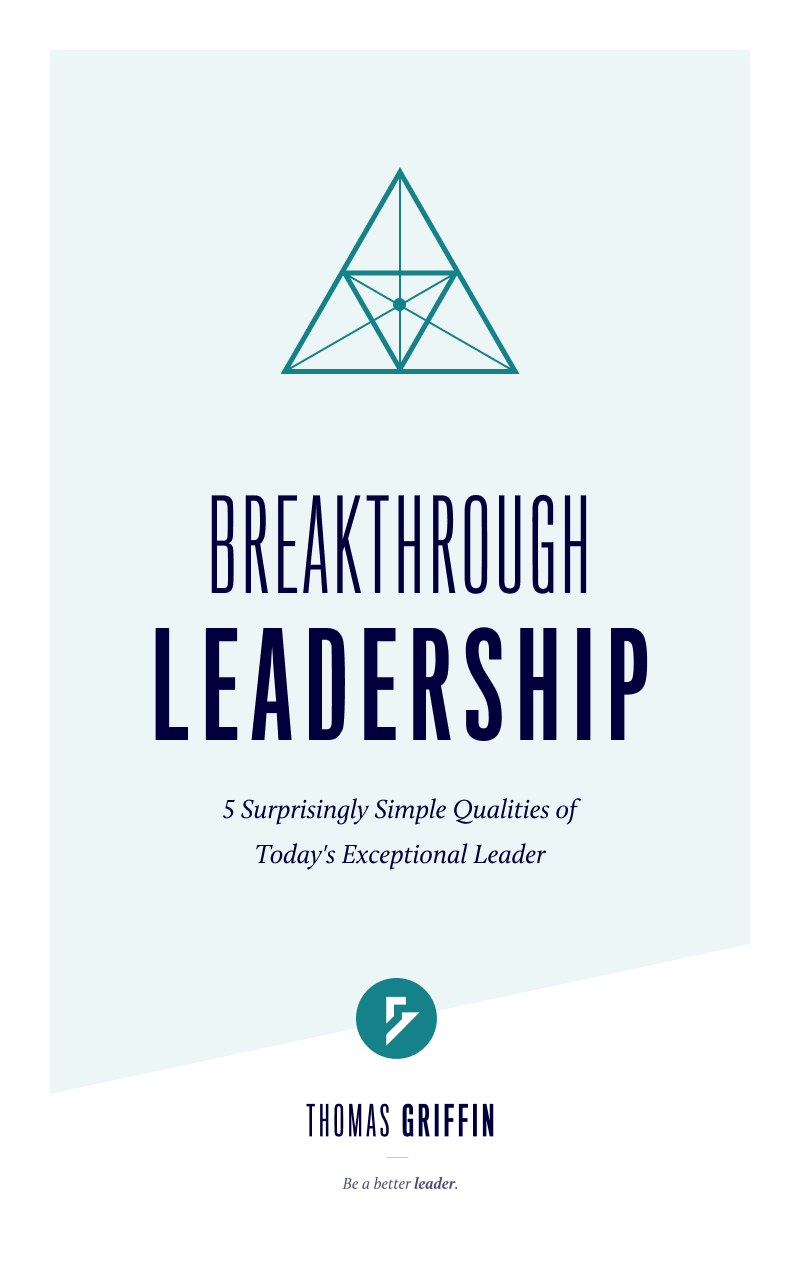Organizations rise and fall on leadership.
And I strongly believe everyone has the potential to become an inspiring and impactful leader.
Fortunately, there’s no one-size-fits-all approach when it comes to effective leadership. Mother Teresa and Theodore Roosevelt couldn’t be more different, but when it came to inspiring a movement, they knew how to rely on and use their own unique leadership skills.
What does that mean for you?
It means you have a special and important part to play in leading your organization to greater levels of success.
I’ve gathered some of the most relevant leadership statistics from recent years to help you fill gaps in your existing leadership skills, explore new leadership tactics and expand your knowledge to boost your own leadership potential.
Key Takeaways
- The organizations with the strongest leadership teams emphasize coaching, communication, engagement and character and skill development on all levels.
- By providing leadership development training company-wide, organizations will see positive results in employee performance, morale, capacity and retention.
- The rise of hybrid and remote work has contributed to the perceived effectiveness of leadership in the workplace.
Table of Contents
01
The Current State of Leadership

33% of HR representatives believe there will be a significant increase in the need to develop internal talent.
59% of employees agree with the statement, “I don’t see any leaders at my company today that I aspire to be.”
When asked about which traits are most important to being a successful leader, being “trustworthy” was ranked as the most important trait.
Only 40% of leaders rate their organization’s leadership quality as “very good” or “excellent” — down eight percentage points since the pandemic.

02
Biggest Leadership Challenges

Developing and retaining future leaders outranks economic and business concerns.
72% of leaders report feeling burned out by the end of the day — an increase from 60% in 2020.

Only 15% of leaders feel prepared to address and prevent employee burnout.
Managers account for at least 70% of discrepancies in employee engagement scores across all business levels.
Only 46% of employees trust their manager to do what’s right, and that number drops to 32% for senior leaders.
63% of leadership professionals believe remote and hybrid work has had a high to very high impact on leadership effectiveness.
Remote workers are 22% more likely to trust senior leaders compared to in-office employees.
Hybrid leaders are more likely to be dissatisfied with their role compared to remote or in-person leaders — yet 58% of leaders worldwide are now in a hybrid role.

36% of companies are 100% remote, 28% are hybrid and 36% are in-office.

Only 27% of leaders believe they are very effective at leading hybrid or virtual teams.
Only 63% of C-suite-level employees report finding meaning or purpose in their role, and the number continues to drop for senior-level (55%), mid-level (47%) and entry-level workers (41%).
03
Leadership Training and Development Statistics

Only 29% of companies train for the five critical skills mentioned above.
When companies ensure their leaders feel competent in all five skills, leaders are 2 times more likely to feel prepared to prevent employee burnout and be comfortable operating in a highly ambiguous environment.
Only 12% of leaders rate themselves as effective in all five of the top five skills they want to develop:
- Identifying/developing future top talent
- Strategic thinking
- Managing successful change
- Decision-making prioritization
- Influencing others

Less than 5% of companies have implemented leadership training across all employment levels, despite the statistics showing the positive correlation between company-wide training and performance.
When companies ensure their leaders feel competent in all five skills, leaders are 3 times more likely to say they can engage and retain top talent.
High-performing companies are more likely to provide leadership programs emphasizing character development, while low-performing companies are more likely to offer no character development at all.

Employees who underwent identity-based leadership development training reported significant increases in self-concept clarity, sense of purpose in life and personal growth about two to three weeks after the programs ended.
Out of 24 learning methods, action learning assignments, job rotations, 360-degree feedback tools and social media networks saw the biggest discrepancies between high- and low-performing companies when asked to rate effectiveness.
Companies are 3.4 times more likely to be rated a best place to work if they employ people-forward talent practices, implement a standardized leadership model across the organization, focus on promoting leaders internally and offer high-quality development opportunities across all levels.
Only 23% of employees want more coaching from their manager — considering coaching is one of the least preferred methods of learning.
04
Leadership Impact on Company Culture

Leaders are 2.7 times more likely to feel accountable for being an effective leader when they receive quality coaching from their managers.
Leaders who receive quality coaching from management are 4.3 times more likely to feel they have a clear development path as a leader.
Leaders who feel a strong sense of purpose as a result of company culture are nine times more likely to feel engaged in their role.
Leaders who feel a strong sense of purpose due to company culture are 2.4 times more likely to intend to stay at the company for the next year.
Companies earn an average of 147% higher earnings per share when their number of talented managers increases and the rate of engaged employees doubles.

Leaders are 1.5 times less likely to feel they have to switch companies to advance when they receive quality coaching from their managers.
05
Essential Leadership Skills Statistics

Companies prioritize four essential leadership skills:
- Coaching skills: 34%
- Communication: 31%
- Employee engagement: 27%
- Strategic planning: 21%

Organizations ranked coaching, communications skills, team leadership, emotional intelligence skills and strategy development and alignment as their top five priority leadership skills in 2022.
All organizations, regardless of performance level, ranked integrity and ethics as the most important leadership character element.
29% of employees wish organizations acted with more empathy.

Leaders who regularly display vulnerability are 5.3 times more likely to build trust with their employees, and leaders who acknowledge their shortcomings are 7.5 times more likely to maintain trust.
Remote employees who received regular constructive feedback from their manager had 2.5 times higher engagement rates than employees who did not.
Managers showed 8.9% greater profitability when they received feedback on their strengths.
Leaders are 9 times more likely to be engaged in their role and 2.4 times more likely to stay at their company for the next year when they feel a strong sense of purpose.

87% of leaders who engage in conversations about their career path find more meaning and purpose in their role.
85% of HR professionals believe coaching skills will be essential for leaders to develop in the next three years.
06
The State of Diversity in Leadership

The United States workforce is increasingly becoming more diverse — people of color make up 36% of the workforce, women make up 47% and gay and transgender individuals make up 6.28%.
Diversity and inclusion ranked #6 in top priority leadership skills in 2022.
Organizations that are considered gender equity leaders report 19% higher revenue growth.
Women make up only 12% of C-suite and executive board roles.
Companies with more than 30% women executives were more likely to outperform companies with less.

Only 4.2% of Fortune 500 CEOs are people of color, and only 3.6% are female.
People of color own 22.1% of all U.S. businesses.
Companies with high-performing leadership benches have 22% more women leaders and 36% greater background diversity than companies with low-performing benches.

Only 18% of employees say leaders in their company represent diverse demographic backgrounds, and only 21% say their organization recruits and promotes from diverse candidate pools.
How Will You Lead?
These leadership statistics prove we’re in an evolutionary era of work — one in which digital engagement, collaboration and development at all levels are at the forefront of leadership strategies.
After reading where the organizations before you have thrived and failed, reflect on your own approach to leadership. Ask yourself:
- How will I tailor my leadership skills to better fit the needs of my organization?
- How will I align my values with my company role?
The answers will be different for all of us, but the application is the same. When you can acknowledge your own strengths, pitfalls and purpose — and learn to wield them accordingly, you’re one step closer to becoming a great leader.
To better leaders,
Thomas







Leave a Reply